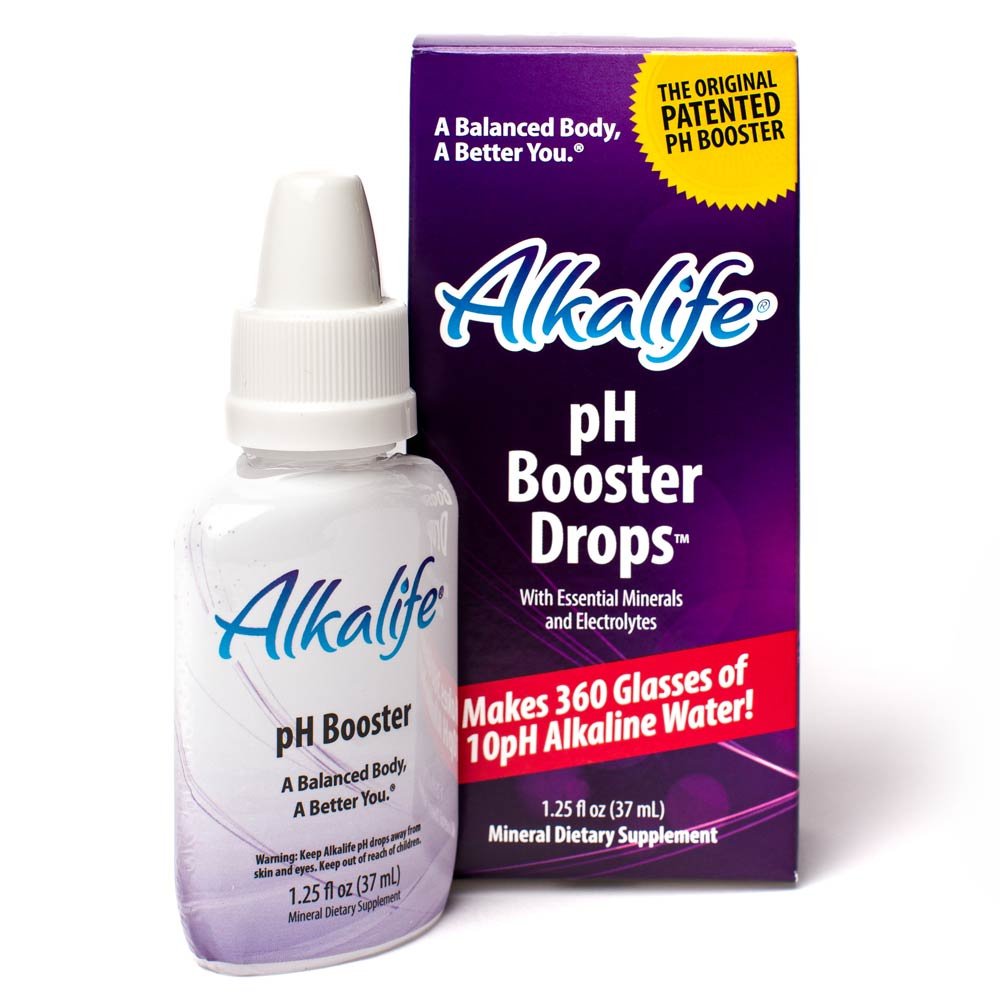Free US Shipping $49+ | 60 Day Money Back Guarantee
Free US Shipping $49+ | 60 Day Money Back Guarantee
Understanding the pH Scale: From 0 pH Water to 14 Alkaline Water
June 21, 2025 4 min read

Exploring pH Scale Basics: From 0 to 14
Picture lifting a glass billed as “14 alkaline water,” promising ultimate health benefits. Yet pure water sits comfortably at neutral 7 pH—halfway on a scale from 0 to 14. That spectrum measures acidity, where 0 pH waters like battery acid reign, and alkalinity, where caustic cleaners near 14 pH reside. Understanding acidity vs alkalinity demystifies these extremes.
We’ll journey through the pH scale explained, from the sharp sting of 0 pH water to the lofty claims of 14 pH water. Along the way, clear examples and health insights will guide you toward optimal drinking water pH. Let’s clear the fog.
Diving into 0 pH Water: The Extreme Low End

At the far left of the scale, 0 pH water sits at the brink of pure acidity. Imagine battery acid, commonly rated near pH 0, that can corrode metal in minutes. This extreme low pH sample doesn’t occur in natural springs—only in industrial settings or labs where strong acids like hydrochloric or sulfuric solutions concentrate hydrogen ions to this level.
Swallowing such acidic fluid invites immediate dangers: severe burns to the mouth, esophageal irritation, and rapid tooth enamel erosion. Even brief contact can trigger chemical burns on skin, leaving red, painful lesions. Regulatory bodies like the EPA classify pH below 2 as hazardous, underscoring that 0 pH water is far from safe.
While everyday water never plunges this low, understanding 0 pH water demonstrates how acidity can damage tissues and infrastructure alike. Always test industrial discharge and neutralize spills promptly. For drinking water, aim well above this abyss—your cells will thank you.
Reaching 14 pH Water: The Extreme High End

At the opposite extreme, 14 pH water shines with intense alkalinity. Picture industrial cleaning solutions and oven degreasers formulated with caustic soda or sodium hydroxide that register at this peak. These fluids boast such high pH because they strip oils and neutralize acids with ruthless efficiency.
Contact with 14 pH water risks severe skin irritation, chemical burns, and eye damage. Ingesting even small amounts can disrupt your stomach’s acid balance, leading to nausea, vomiting, and impaired nutrient breakdown. OSHA guidelines treat solutions above pH 12 as corrosive hazards, so handling requires protective gloves and goggles.
True, natural waters rarely crack pH 10 —limestone springs and desert aquifers may flirt with high alkalinity, but never reach caustic extremes. For safe consumption, steer clear of that top tier. Your digestive tract and delicate mucosal linings thank you when water sits closer to neutral.
Everyday Drinking Water pH: 4, 6, and 7 Explained

Drinking sources often range from pH 4 to 7 in everyday life: acidic rainwater, well water, and tap supplies.
4 pH water: Acidic Rainfall and Urban Runoff
In industrialized regions, rain can absorb sulfur and nitrogen oxides, driving pH down to around 4. This 4 pH water corrodes metal roofing, leaches heavy metals into soils, and acidifies streams. Though you won’t drink this directly, it illustrates how human emissions lower pH and stress aquatic ecosystems. It’s a warning sign, not a drinking standard.
6 pH water: Slightly Acidic Well Water
Wells tapping into clay or peat-rich soils often yield 6 pH water, where dissolved carbon dioxide and organic acids nudge acidity upward. At this level, water tastes faintly sour and can corrode copper pipes, releasing trace metals. A simple neutralizing filter or calcite cartridge can nudge pH toward neutral before filling your glass.
7 pH water: Neutral Tap Water Baseline
Most municipal systems balance water to a 7 pH baseline, sitting in the neutral sweet spot that EPA guidelines recommend between 6.5 and 8.5. This stability protects pipes from corrosion while preserving mineral content. If your tap water dips too low or climbs too high, contacting your water authority for a quality report is the first step.
Testing pH periodically helps catch anomalies early.
Water pH Health Effects Across the Spectrum

pH extremes trigger health effects: from tooth damage to mineral imbalances in the body.
Dental and Gastrointestinal Risks at Low pH
When water’s pH dips below 7, particularly into the 4 to 6 pH water range, it becomes corrosive to tooth enamel. Enamel erosion heightens sensitivity and cavity risk. Drinking acidic water also irritates the gastrointestinal lining, potentially causing heartburn and nausea. Real-world studies link chronic exposure to low pH well water with gastric discomfort and increased dental wear, so testing before consumption is vital.
Mineral Absorption and Alkalosis at High pH
Flip the scale, and water above pH 9 starts to impact mineral availability. Alkaline water can cause calcium and magnesium to precipitate, reducing absorption in the gut. Anecdotal reports cite bloating, muscle twitching, or headaches when people overconsume super-alkaline brews. Medical literature warns that chronic intake above pH 10 may lead to metabolic alkalosis—symptoms include nausea, confusion, and vomiting. Clinical guidelines emphasize staying within the EPA’s range—typically capped at pH 8.5 for public supplies—to prevent unintended side effects.
Regular monitoring with reliable test kits and professional analyses keeps your water healthfully balanced day after day.
How to Achieve Optimal Drinking Water pH at Home

Reaching the sweet spot of 8–9 pH transforms ordinary water into a balanced, slightly alkaline elixir. This range optimizes mineral uptake and neutralizes dietary acids without risking alkalosis. Here’s how to tune your home’s water chemistry.
-
Reverse Osmosis + Remineralization: Strips impurities, then adds blends of calcium and magnesium to lift pH.
-
Calcite and Corosex Filters: Natural mineral cartridges gradually raise acidity by dissolving over time.
-
pH Adjustment Systems: Electric or chemical dosing units inject precise alkaline minerals.
-
Alkaline Ionizers: Use electrolysis to split water, boosting pH and offering antioxidant properties.
-
Alkalife® pH Booster Drops: Simply add a few drop to an 8 oz glass of ordinary drinking water and enjoy the benefits of high pH alkaline water.
Simple pH strips cost pennies and deliver instant insights at home.
Among these solutions, Alkalife® pH Booster Drops™ stand out for delivering consistent 8–9 pH water at the flip of a switch. Routine test strips or digital pH meters verify performance.. Compared to DIY remedies, using Alkalife® pH Booster Drops™ removes guesswork—no measuring powders or threatening overshoots.
Final Thoughts on Balancing Your Water pH
In mastering the pH scale—from corrosive 0 pH water to caustic 14 pH water—we’ve mapped safe zones and health impacts. Aim for that sweet 8–9 pH range using proven filtration and remineralization. Ready to buy? Shop Alkalife® now.
Also in News

Alkalife® pH Booster Drops™ for Coffee: Enhance Flavor & Reduce Acidity in Your Cup
June 18, 2025 5 min read
Read More







